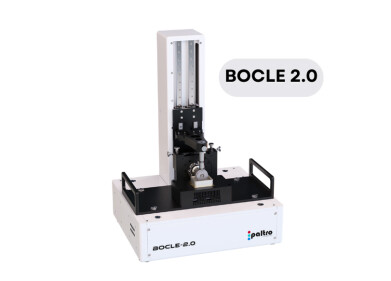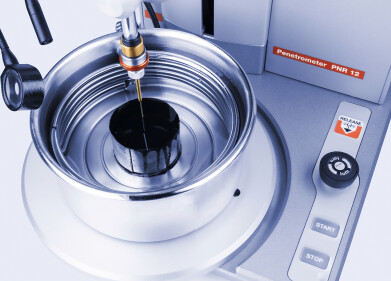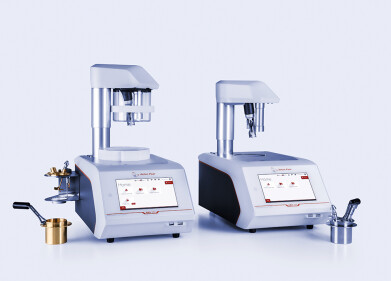-

-
 Figure 1. Spherical Porous Particle
Figure 1. Spherical Porous Particle -
 Table 1. Physical Characteristics and Available Particle Sizes
Table 1. Physical Characteristics and Available Particle Sizes
Measurement and testing
Scalable Specialty Carbon Adsorbents for Purification and Recovery Application
Aug 19 2015
Controlling the pore composition of a particle is very important as it determines both its adsorption and desorption characteristics. Our specialty carbon adsorbents are highly engineered materials, many manufactured from highly pure synthetic polymers.
Our expertise allows us to design them with:
- The shape we want, either spherical or granular;
- No pores, or more/less of any pore type to serve a specific purpose;
- Tapered pores (from macro- to meso- to micro-) which increases thermodynamic and kinetic efficiency;
- A through-pore or closed-pore structure, which influences microporous strength and kinetic effectiveness; and
- Surface pH adjustments, as low as 2.5 to as high as 10.5.
A graphic depicting a spherical particle with a tapered through-pore structure is shown in Figure 1. Today, we make over 30 different specialty carbon adsorbents, including Carbon Molecular Sieve (CMS), Spherical Graphitized Polymer Carbon (SGPC), and Graphitized Carbon Black (GCB) adsorbents. Any modifications (activation, oxidation, graphitization, surface pH adjustment, etc.) are accomplished through physical means, not chemical means.
Scalable Adsorbents
Sixteen of our specialty carbon adsorbents are scalable, signifying that we can produce large amounts (>1,000 Kg annually) of these adsorbents in 20/40, 20/45, or 30/45 mesh. The physical characteristics for each of these can be found in Table 1. Suitable uses in the chemical, pharmaceutical, food and beverage, environmental, and other industries include:
- Purification applications. An interference removal technique is used to remove an impurity or impurities from a gas or liquid stream. An example is the purification of industrial gases/solvents, effluent streams, or raw materials.
- Recovery applications. A bind and elute technique is employed to first capture a compound or compounds from a gas or liquid, and then to recover the compound or compounds. Recovery can be through thermal or solvent desorption. An example is the recovery of a synthesized compound from a reaction mixture.
Carbon Adsorbent Sampler Kits
Choosing the right adsorbent or combination of adsorbents can be difficult: 1) Must choose one or more to retain specific analyte(s). 2) It may be equally important to release analyte(s) during desorption. We offer five convenient carbon adsorbent sampler kits, which allow a cost-effective way to evaluate several of our specialty carbon adsorbents. Two of these kits (P/N 13369-U and P/N 13027-U) contain only scalable adsorbents.
Custom Capabilities
If you do not find an adsorbent which meets your needs, let us know what the sample is (describe the gas or liquid), what you want to grab, and if you need to recover it afterwards. Our R&D group will investigate whether an existing adsorbent is appropriate, or if a new adsorbent needs to be developed. To inquire about a custom specialty carbon adsorbent, please email.
Once you find a stock or custom adsorbent that serves your purpose, we will work with you to either make your device for you, or to supply you adsorbent in an ampule, bottle, pail, or drum (not packed inside a device). Additionally, we will continue to work with you as you implement the adsorbent into your process.
Digital Edition
PIN 25.6 Buyers' Guide
January 2025
Buyers' Guide Directory - Product Listings by Category - Suppliers Listings (A-Z) Articles Analytical Instrumentation - ASTM D7042: The Quantum Leap in Viscosity Testing Technology -...
View all digital editions
Events
Jan 25 2025 San Diego, CA, USA
SPE Hydraulic Fracturing Technology Conference and Exhibition
Feb 04 2025 The Woodlands, TX, USA
Feb 05 2025 Guangzhou, China
Trinidad and Tobago Energy Conference 2025
Feb 10 2025 Point Lisas, Trinidad
Feb 10 2025 Lagos, Nigeria


















